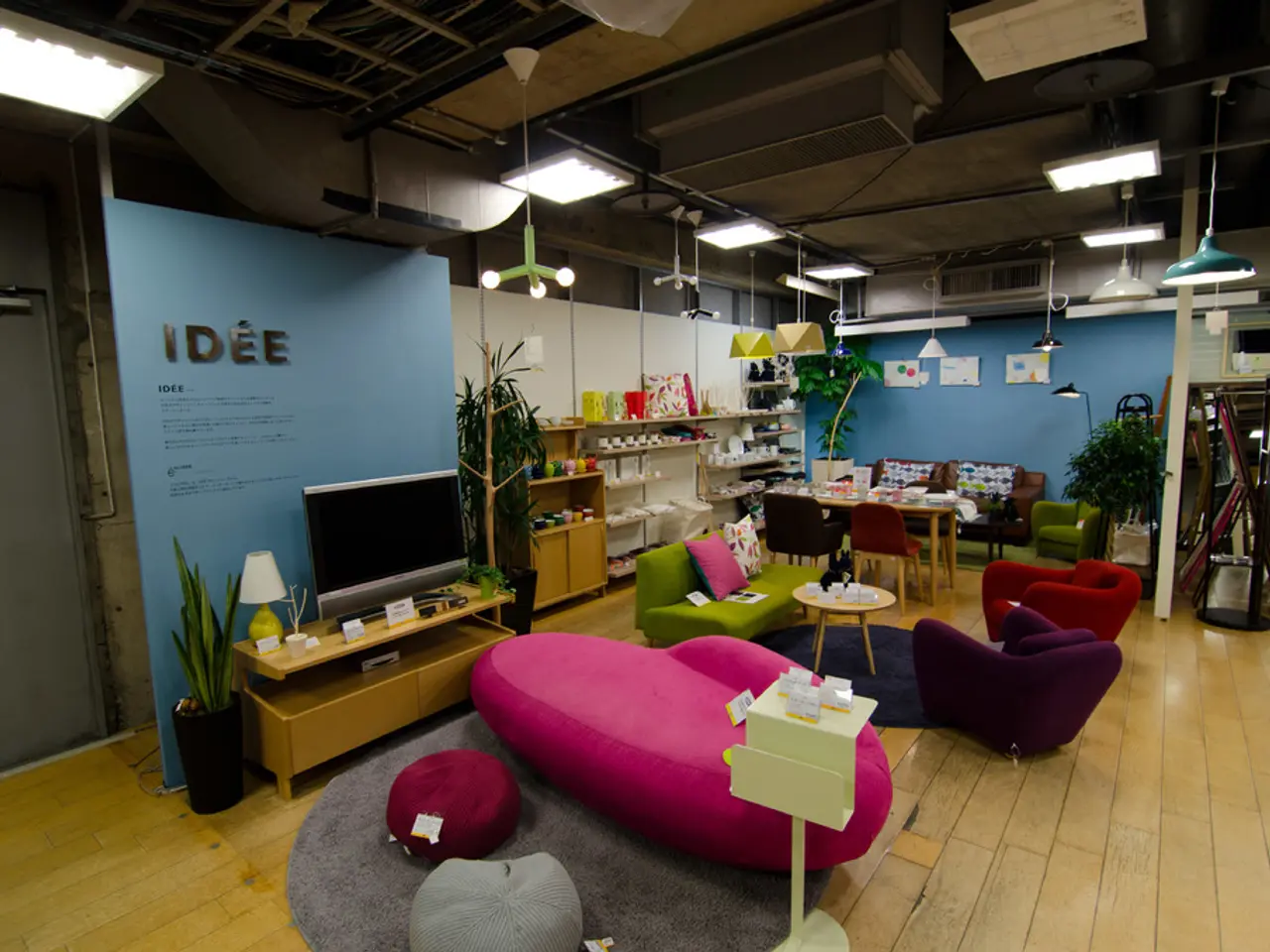Increased Demand for User-Friendly Home Architecture
Smart Homes for All: Advancements in Accessible Home Design and Smart Technology
In 2025, the landscape of accessible home design has evolved significantly, thanks to advancements in materials, construction techniques, and smart technology. These innovations aim to seamlessly integrate accessibility features with appropriate decoration, making properties more appealing to a broader audience and boosting market value.
Recent advancements in smart home technology focus on voice-activated control, integrated sensor systems, AI-enhanced accessibility, and centralized interfaces. These features enhance convenience, security, safety, and independence, particularly for people with disabilities and elderly users.
Leading smart assistants like Amazon Alexa, Google Assistant, and Apple's Siri now support more accurate recognition of diverse speech patterns, enabling hands-free management of lighting, temperature, media, and security features. This is crucial for individuals with limited mobility or speech impairments.
Homes now incorporate sensors that detect falls, monitor health deterioration, and track activity patterns for elderly or disabled occupants. These sensors provide early warnings to caregivers or emergency services and promote safer, independent living.
All-in-one control panels, such as the Panel Hub S1 Plus, feature large touchscreen interfaces to manage multiple smart home elements—cameras, locks, lights, thermostats, and curtains—from one place. They also serve as communication hubs, supporting protocols like Zigbee and Matter, simplifying management for users who need accessible interfaces.
AI-powered navigation and assistance technologies, like NaviLens and Aira, provide visually impaired individuals with high-contrast, easily detectable tags that deliver spoken information and step-by-step navigation. These technologies integrate seamlessly with smart home environments, enhancing independent navigation without human escorts.
Immersive VR therapies, assistive robots, and AI-driven health monitoring platforms enable personalized care, reminder systems, and emotional support for elderly users, integrating seamlessly with smart home environments.
Smart thermostats and lighting adjust automatically based on occupancy and time, improving energy savings, while enhanced security systems including smart locks, surveillance cameras, and motion detectors provide real-time remote monitoring and alerts for increased safety.
These innovations collectively make smart homes more accessible, allowing users with disabilities or age-related challenges to control their environment easily, maintain safety, and enjoy greater independence.
Embracing accessible design in our homes allows us to create a more equitable and supportive society where everyone has the opportunity to thrive. Incorporating accessible design in homes reflects a commitment to diversity and care for individuals who may face physical challenges.
Modern buyers seek homes with stylish designs and accommodating features. Modular ramps and lift systems can be discreetly installed without disrupting the overall design of a home. As technology continues to advance, the possibilities for inclusive design will only continue to expand.
In conclusion, the future of accessible home design is bright, with technological advancements opening up new opportunities for creating homes that are both stylish and accessible to all.
Science and technology have significantly revolutionized home design, particularly in the realm of accessible and smart homes. For instance, technology now enables voice-activated control systems, integrated sensor systems, and AI-enhanced navigation for users with diverse needs such as limited mobility or speech impairments. What's more, health-and-wellness features like fall detectors and activity trackers are being incorporated into home design, ensuring independent and safer living for elderly or disabled occupants. Additionally, home decor and design have taken on a more inclusive approach with discreetly installed modular ramps and lift systems, allowing properties to maintain a modern and stylish lifestyle, all while promoting home-and-garden spaces that cater to everyone.




